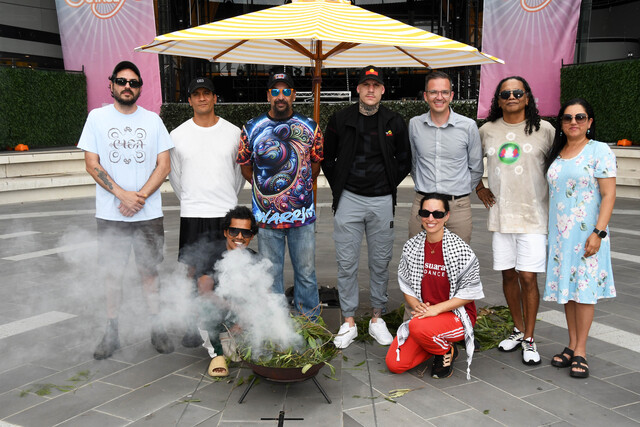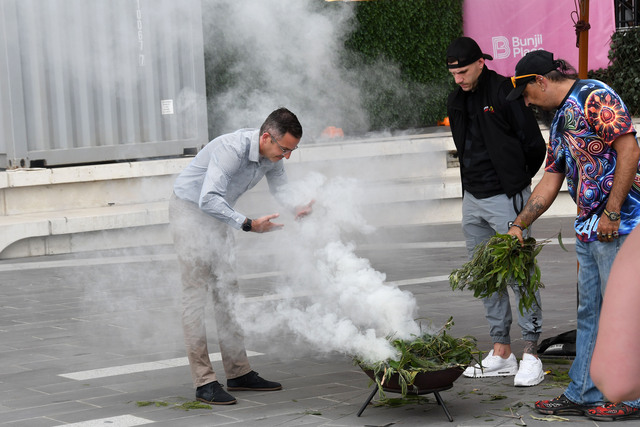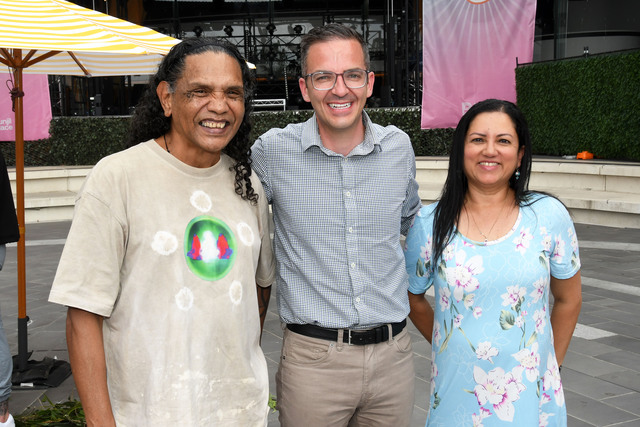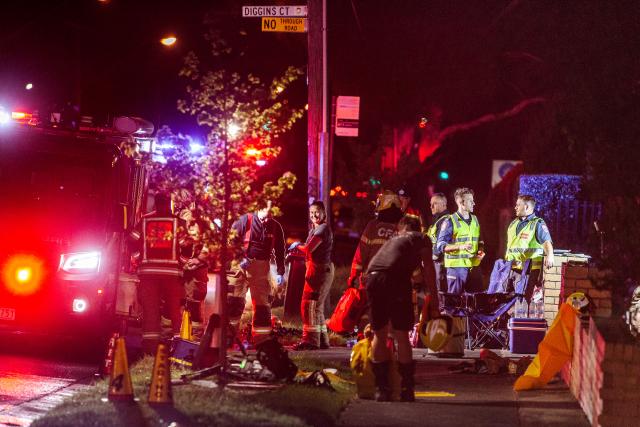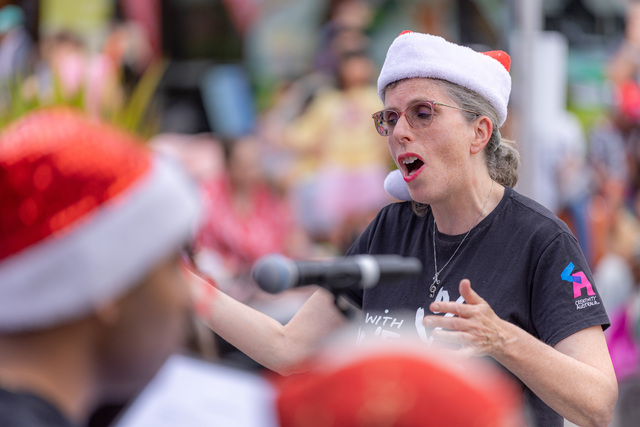Bringing rhythm, music, dance and atmosphere to Bunjil Place, the Bunyi Bunyi Bumi performance is paving the way for celebrating interconnected cultures.
Scheduled to grace the stages at Bunjil Place on 22 February, in collaboration with AsiaTOPA, the stage play replaces the narratives of trade and Empire with ‘truth, resistance and resilience’.
To welcome the dancers for their three-week rehearsal period, a smoking ceremony was held at the front court of Bunjil Place, and a special welcome to the country was performed by Uncle Mark Brown from the Bunurong Land Council.
Co-directed by raymond d. Blanco and Dr Priya Srinivasan, both had the vision of curating a message that delivers the essence of not just their past but the land’s, its people and their voices through an unfiltered lens.
As a Yadhaigana man from the Northern Peninsula area, a Cape York and Erub Islander of the Eastern Torress Straits, raymond had the “idea to explore my familial connections through Southeast Asia and the outcome was revealing more of our hidden pasts beyond the western agenda and lens.”
As a Tamil, and through his research on pre-colonial trade in the Indian Ocean, Priya said that first speaking to raymond on the idea had a “beautiful synergy, and his desire to know about his past and connecting those threads”.
“And of course, my connection to this land from thousands of years before and how do we reconnect now, differently, as displaced people and as migrants, as settler colonials on these unceded lands,” he said.
Sound is one of the key factors in the performance, especially when it comes to expressing the connections between country, culture and history.
According to both, the essence of Mother Earth “speaks everywhere”, and that not just them, but everyone is “influenced by this in more ways than one”.
Their ancestors, their Old People, knew the lay of the land and “harnessed its powers”.
“Today, people are entrenched in Western society and the games of power and control that are within it, that they have lost their way,” they said.
“Our work manifests this loss in beautiful and powerful ways and what we are saying is, when we listen to the sounds, energy, rhythms, vibrations of the earth and our own cultural forms, then we have the capacity to heal ourselves.”
The Mayor of the City of Casey, Stefan Koomen, said that Bunjil Place is more than proud to host the world premiere of Bunyi Bunyi Bumi.
“It was wonderful to officially welcome the creative team to Bunjil Place on Monday, the team have travelled from all corners of the country to be here, and for the next three weeks will rehearse their new performance ahead of its world premiere,” he said.
“It’s exciting to have such a significant premiere right here in our community and be part of this groundbreaking BlakDance production.”
Speaking on the role of body percussion and rhythm and their contributions to shaping the performance’s storytelling, both raymond and Priya said that people’s bodies have always responded to the “sounds, energy, and vibrations of the earth”.
“But since we have forgotten these connections, Buniy Bunyi Bumi helps us to reimagine what those might be,” they said.
“The work thrums with dance, body percussion, and syncopated rhythms, rejecting Western notions of linear storytelling and instead embracing embodied, cyclical, and relational ways of knowing.”
As part of returning to one’s roots, there is no denying that the performance is part of the much larger endeavour and movement to reclaim and celebrate Indigenous and First Nations storytelling.
For the directors, both raymond and Priya understand that Bunyi Bunyi Bumi is something that is “deeply embedded” in the broader conversations about Indigenous “artistic expressions and cultural exchange”.
“It operates at the intersection of First Nations storytelling, transnational collaboration, and decolonial performance practice.
“The work not only amplifies First Nations voices but also redefines how Indigenous narratives are presented and engaged within contemporary performance contexts,” they said.
Furthermore, the directors added that sovereignty is important and that First Nations people are leading intercultural work without a ‘white’ centre that would determine what the relationship is between the people in this region.
“It’s more than a performance, it’s a provocation, a reclamation, and a call to action,” they said.
“It expands conversations about, who defines contemporary performance, how Indigenous artists create across borders while honouring cultural integrity, and the responsibilities audiences, venues and curators have in engaging with First Nations work.
“By bringing these questions into the mainstream performing arts sector, the work ensures that Indigenous artists’ expressions are not just included, it is leading the conversation.”

